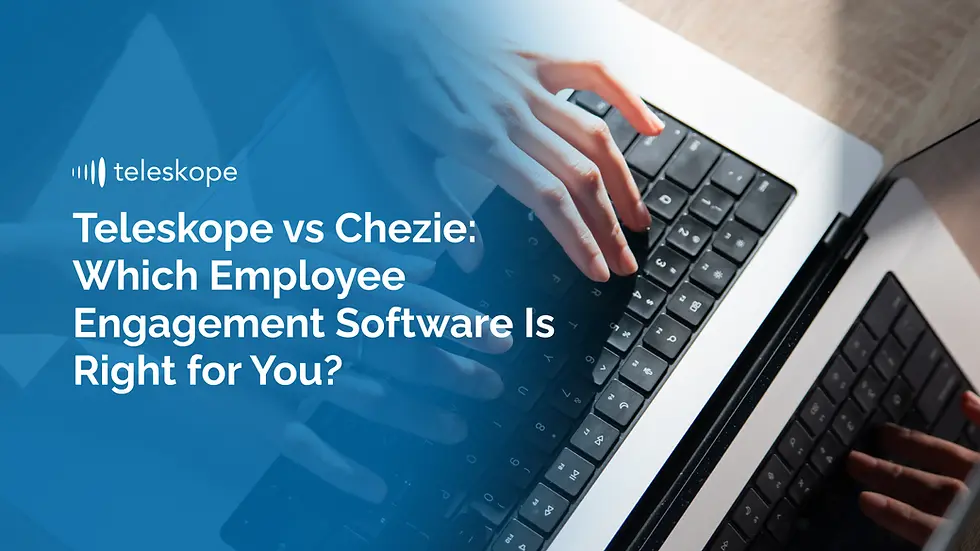
What is your organization’s DEI maturity level?
- Priyanka Gujar

- Jun 15, 2022
- 3 min read
Updated: Oct 21, 2023
Companies worldwide have accepted the importance and value added by having a diverse and inclusive workplace. Many firms have taken great strides in creating spaces where people belonging to different races, ethnicities, genders, sexual orientations and life experiences feel safe and seen.
To map where an organization lies on the spectrum of DEI (Diversity, Equity and Inclusion) maturity requires some introspection. The duration of time since DEI specific activities began is not an accurate indicator of DEI maturity by itself. An organization that began DEI efforts a decade ago can be less mature compared to a fairly new organization. This categorization involves many parameters and demands a closer look.
Discussed below are four levels of DEI maturity with commonly observed characteristics for each.
Basic
At this level of maturity, organizations have begun addressing matters related to DEI. But this is often reactive in nature. They tackle issues as and when they arise and do not have a long-term strategic plan in place. The bare minimum DEI awareness campaigns are run in a sporadic manner and there is usually no clear owner of diversity initiatives. The leadership team is more of an observer in all matters related to DEI. These organizations need to do their groundwork and start laying a foundation immediately.
Progressing
Organizations that have initiated DEI efforts proactively fall under this level of maturity. Such firms recognize the need for underrepresented groups to have a voice and have begun creating safe havens called Employee Resource Groups (ERGs). The leadership team endorses DEI initiatives and are vocal about the role it plays in the vision of the company. Executive sponsors are assigned to ERGs to oversee their management. There is a budget allocated exclusively for fostering diversity and inclusion at the workplace. A feedback loop for employees has been mobilized. There is a dedicated team that is charting out plans to take DEI to the next level with the help of the right technology.
Advanced
At this level, the organization has mastered the art of integrating DEI as a thriving part of the business. It has been woven into business goals and employees are ambassadors of this internal revolution. ERGs are a vibrant part of the culture and are being managed with technology solutions which provide nuggets of insights to the management. Metrics are tracked with the help of analytics and policies and processes are being enhanced to override any unconscious bias in the system. DEI is an intrinsic part of all departments, the culture and business goals.
Leading Edge
This stage of DEI maturity is achieved when an organization becomes an epitome of the incorporation of DEI in the company DNA. DEI parameters influence decision-making in all parts of the organization. Cross-cultural teams flourish and ERGs have evolved into Business Resource Groups (BRGs). A leading edge company maximizes the use of technology in managing employee networks as well as in powering employee development. They have successfully experimented with initiatives and other organizations have begun adopting their tried and tested methods. Top management demonstrates all the traits of inclusive leaders and leads by example.
It is also necessary to note that different teams in the same organization can display different levels of maturity. This is often a result of bias in recruitment processes and glass ceilings existing for different minorities. It is up to the organization to decide which team needs to prioritize their DEI efforts based on their broader desired outcome.
Where does your organization lie on the DEI maturity spectrum? Let us know in the comments.



Comments